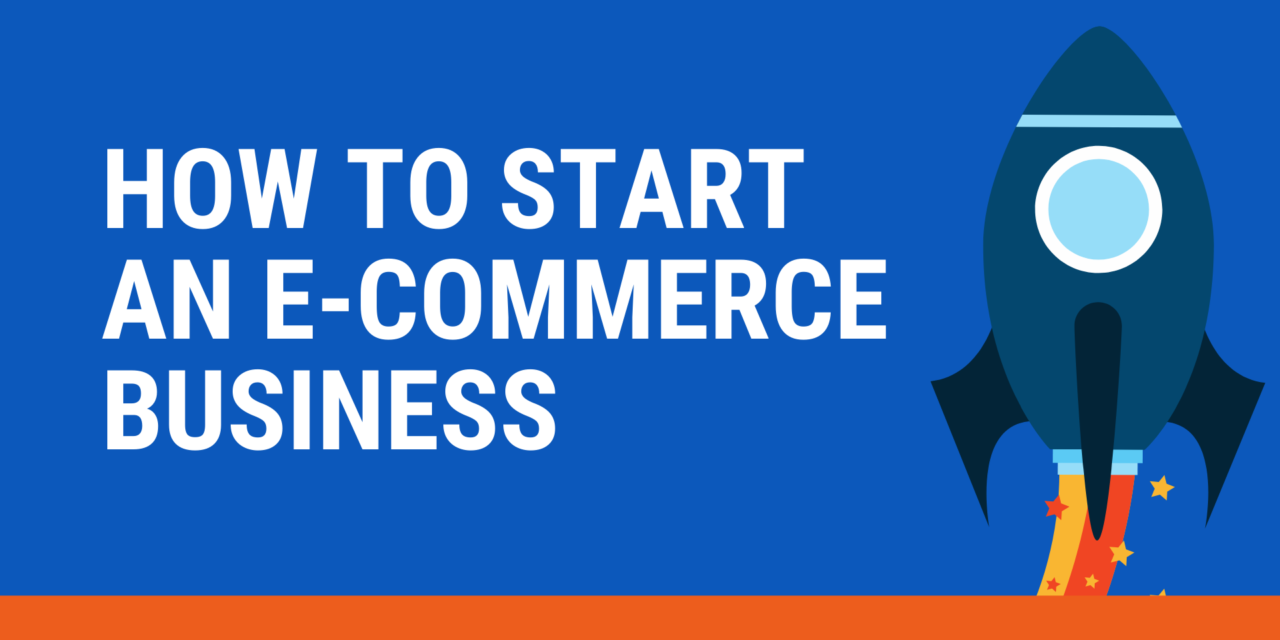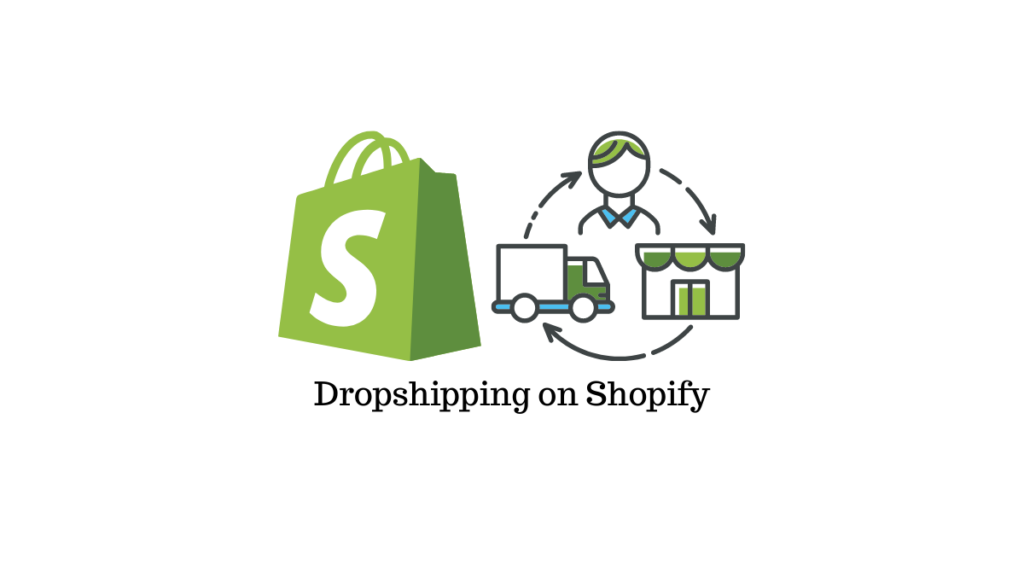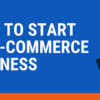Tech
How to Create a Successful E-commerce Business Online
: Learn how to create a successful e-commerce business online with this detailed step-by-step guide. Covers product sourcing, store setup, marketing, and customer service.
Starting an e-commerce business can open up a world of opportunities. I’ve seen firsthand how individuals with passion and a solid plan can build thriving online stores. However, success in the digital marketplace requires more than just a great product. This comprehensive guide will walk you through the essential steps to create a successful e-commerce business online.
Step 1: Laying the Foundation – Planning and Research
Before you even think about setting up a website, solid groundwork is crucial.
- Identify Your Niche and Product: What are you passionate about? What problem can you solve? Thoroughly research potential niches to identify market demand and competition. Look for underserved areas or unique angles. I’ve learned that focusing on a specific niche allows you to target your audience more effectively.
- Conduct Market Research: Understand your target audience. Who are they? What are their needs and pain points? Analyze your competition. What are they doing well? Where can you differentiate yourself? Tools like Google Trends and competitor analysis can provide valuable insights.
- Develop a Business Plan: Outline your business goals, target market, marketing strategies, financial projections, and operational plan. A well-structured business plan serves as your roadmap to success. It doesn’t need to be overly complex, but it should clearly define your vision and how you intend to achieve it.
Step 2: Sourcing and Validating Your Product
Your product is the heart of your e-commerce business.
- Choose Your Product Sourcing Method: Decide how you will obtain your products. Options include:
- Creating your own products: Ideal if you have unique skills or ideas.
- Dropshipping: Selling products without holding any inventory yourself. This can be a low-risk way to start. I’ve seen many successful dropshipping stores, but it requires careful supplier selection.
- Wholesale: Buying products in bulk from manufacturers or distributors at a discount and then selling them individually.
- Private Labeling: Sourcing existing products from a manufacturer and selling them under your own brand name.
- Validate Your Product Idea: Before investing heavily, test the market for your product. You can do this through surveys, social media polls, or even a small pre-order campaign. Getting feedback early can save you significant time and money.
- Ensure Product Quality: Regardless of your sourcing method, prioritize product quality. Customer satisfaction is paramount for long-term success. Order samples and thoroughly inspect them before listing them in your store.
Step 3: Building Your Online Store – Choosing the Right Platform
Your online store is your digital storefront. It needs to be user-friendly and visually appealing.
- Select an E-commerce Platform: Choose a platform that suits your technical skills, budget, and business needs. Popular options include:
- Shopify: A user-friendly, all-in-one platform ideal for beginners. It offers a wide range of features and apps.
- WooCommerce (for WordPress): A flexible and customizable option for those already familiar with WordPress. It requires you to handle hosting and security separately.
- BigCommerce: A robust platform with advanced features, suitable for businesses with more complex needs.
- Etsy: Best for selling handmade, vintage, or unique items. It has a built-in marketplace.
- Design Your Store: Create a visually appealing and easy-to-navigate website. Use high-quality product images and write compelling product descriptions. Ensure your branding is consistent throughout your store. I’ve learned that a clean and professional design builds trust with customers.
- Set Up Payment Gateways: Integrate secure payment gateways like PayPal, Stripe, or Square to allow customers to make purchases easily. Offer multiple payment options for customer convenience.
- Configure Shipping Options: Determine your shipping rates and methods. Consider offering free shipping for orders above a certain amount. Clearly communicate your shipping policies to customers.
- Implement Essential Pages: Include important pages like “About Us,” “Contact Us,” “Privacy Policy,” “Terms of Service,” and a detailed “FAQ” section. These build trust and provide necessary information to your customers.
Step 4: Attracting Customers – Marketing and Promotion
Having a great store is only half the battle; you need to drive traffic to it.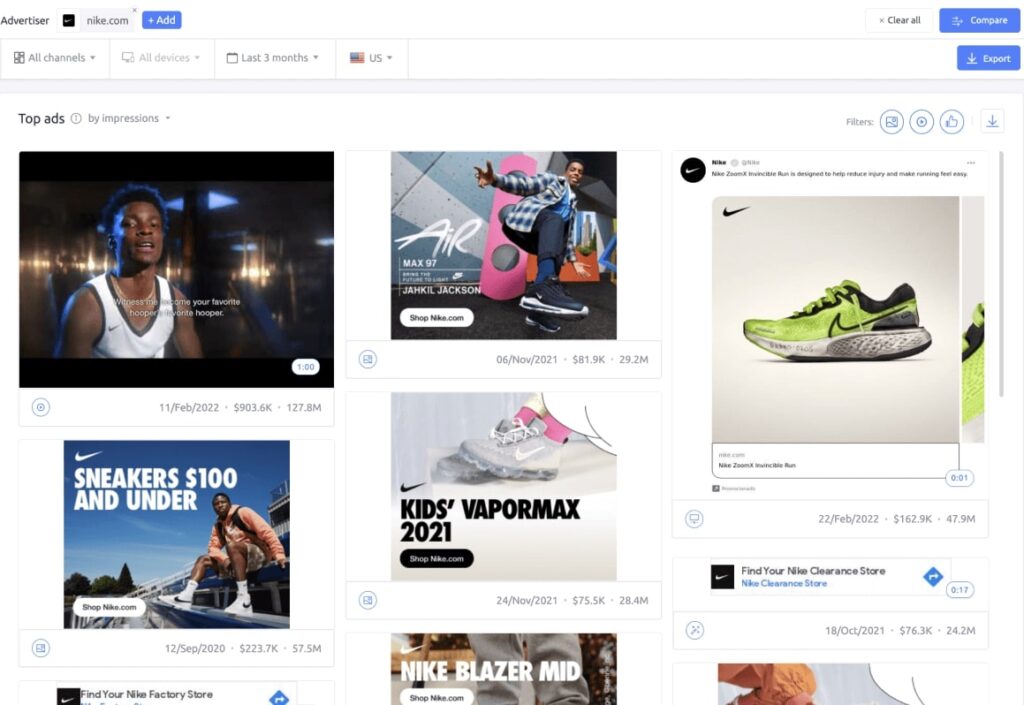
- Search Engine Optimization (SEO): Optimize your website and product pages for search engines like Google. Use relevant keywords in your product titles, descriptions, and website content. This helps potential customers find your store organically.
- Social Media Marketing: Build a strong presence on relevant social media platforms. Share engaging content, run contests, and interact with your audience. Platforms like Instagram, Facebook, Pinterest, and TikTok can be powerful tools for e-commerce.
- Paid Advertising: Consider investing in paid advertising campaigns on platforms like Google Ads and social media. This allows you to target specific demographics and reach a wider audience. Start with a small budget and track your results to optimize your campaigns.
- Email Marketing: Build an email list and send out newsletters, promotional offers, and product updates. Email marketing remains a highly effective way to engage with your customers and drive repeat purchases. Offer incentives for customers to sign up for your email list.
- Content Marketing: Create valuable and informative content related to your products or niche. This could be blog posts, articles, videos, or infographics. Content marketing helps you attract and engage your target audience.
- Influencer Marketing: Collaborate with influencers in your niche to promote your products to their followers. Choose influencers whose audience aligns with your target market.
Step 5: Providing Excellent Customer Service
Happy customers are repeat customers. Excellent customer service is crucial for building a loyal customer base.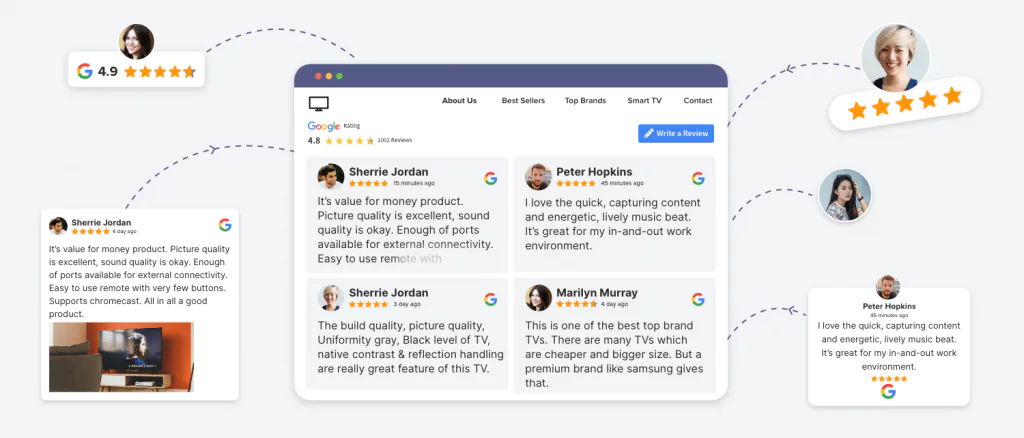
- Offer Multiple Contact Channels: Provide customers with various ways to reach you, such as email, phone, or live chat. Respond to inquiries promptly and professionally.
- Handle Issues Efficiently: Address customer complaints and issues quickly and effectively. A positive resolution can turn a negative experience into a loyal customer.
- Encourage Reviews and Feedback: Ask customers to leave reviews of your products and services. Positive reviews build trust and can influence purchasing decisions. Actively solicit feedback to identify areas for improvement.
- Personalize the Customer Experience: Tailor your communication and offers to individual customers based on their past purchases and preferences.
Step 6: Analyzing and Optimizing Your Business
Success in e-commerce is an ongoing process of analysis and optimization.
- Track Key Metrics: Monitor important metrics like website traffic, conversion rates, average order value, customer acquisition cost, and customer lifetime value. Use analytics tools like Google Analytics to gather this data.
- Analyze Your Results: Regularly review your data to identify what’s working and what’s not. Understand which marketing channels are driving the most sales and which products are most popular.
- Optimize Your Store and Strategies: Based on your analysis, make adjustments to your website, marketing campaigns, and product offerings to improve performance. A/B testing different elements of your store and marketing messages can be highly beneficial.
- Stay Updated with Trends: The e-commerce landscape is constantly evolving. Stay informed about the latest trends, technologies, and best practices to maintain a competitive edge.
My Personal Insights on E-commerce Success
Having navigated the world of online business, I can tell you that success rarely happens overnight. It requires dedication, hard work, and a willingness to learn and adapt. Don’t be afraid to experiment with different strategies and learn from your mistakes. Building a successful e-commerce business is a journey, and the key is to provide value to your customers and continuously strive to improve their experience. By following these steps diligently and focusing on providing excellent products and customer service, you can significantly increase your chances of creating a successful e-commerce business online. Good luck with your entrepreneurial journey!


